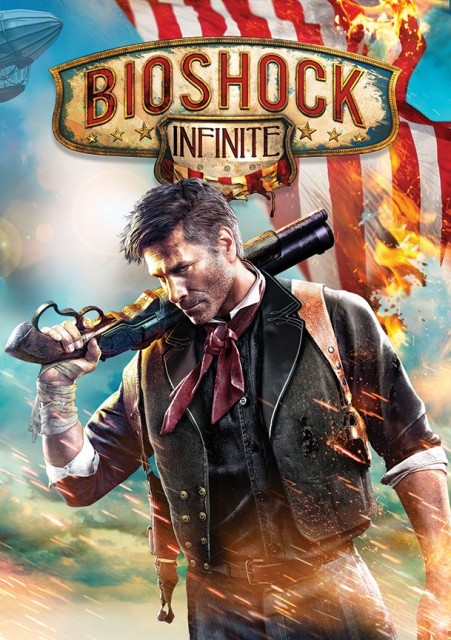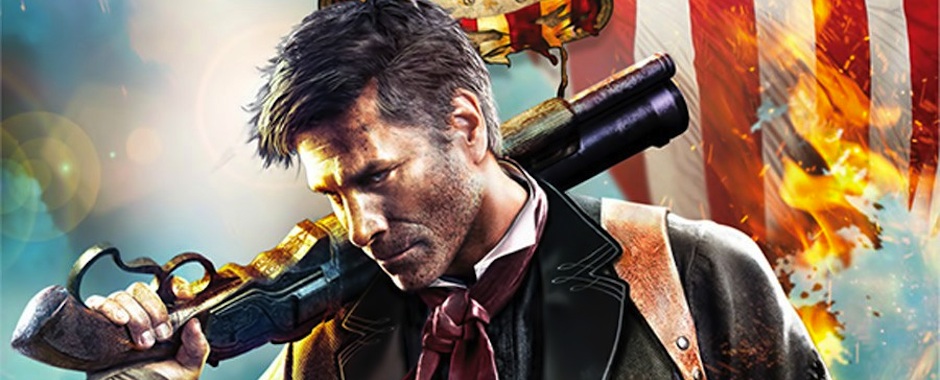There’s a very eye-opening article published by Wired this month. The article actually discusses the “bland” box art of Ken Levine’s BioShock Infinite, but in the interview where he defends the artwork, there are a few details about the gaming industry that we often forget. Namely, how much of a bubble we live in.
When Chris Kohler of Wired asks Ken Levine about why the box art was designed the way it was, he gave a lengthy, intriguing answer:
We went and did a tour… around to a bunch of, like, frathouses and places like that. People who were gamers. Not people who read IGN. And [we] said, so, have you guys heard of BioShock? not a single one of them had heard of it.
And we live in this very special… you know, BioShock is a reasonably successful franchise, right? Our gaming world, we sometimes forget, is so important to us, but… there are plenty of products that I buy that I don’t spend a lot of time thinking about. My salad dressing. If there’s a new salad dressing coming out, I would have no idea. I use salad dressing; I don’t read Salad Dressing Weekly. I don’t care who makes it, I don’t know any of the personalities in the salad dressing business.
For some people, [games are] like salad dressing. Or movies, or TV shows. It was definitely a reality check for us. Games are big, and they’re expensive, I think that’s very clear. And to be successful, and to continue to make these kinds of games which frankly, of the people who make these types of games, there’s not a lot of them, and they haven’t exactly been the most successful with these types of games that have come out in the last few years. I was thrilled because I love them, and I hope that we had some small role in getting those games greenlit… But they have to be financially successful to keep getting made.
Levine goes on to explain that he wants the person to pick up the game in the store and be intrigued by the front enough to turn it over and see what the game is really about. To see the flying city and the girl and the creatures, and to think about the game. And then to buy it based on that decision.
 It’s very interesting because Kohler notes that a lot of people buy games based on the cover art. These people buy games at a store, not online, and they’re not hardcore gamers. They’re people who buy games a few times a year and have a limited budget for gaming.
It’s very interesting because Kohler notes that a lot of people buy games based on the cover art. These people buy games at a store, not online, and they’re not hardcore gamers. They’re people who buy games a few times a year and have a limited budget for gaming.
As gamers ourselves (obviously) it’s very easy to forget that people who buy games on a casual basis are not as well informed as we are. They don’t read awesome sites like IGN or Joystiq or Eggplante (hehe), but they’re still interested in finding an awesome game to play.
Kohler kept prodding a bit, and asked what service having a lacklustre cover does for the hardcore gamers, and Levine sums it up very nicely: “I think the cover is a small price for the hardcore gamer to pay,” referring to the likely increased sales that could be the difference between getting a sequel to the game green lit by studios. Even further, he knows that the hardcore community will want something unique, and so the plans are to have multiple cover designs available that can be printed and put in the case to customize its appearance. He plans to listen to the community to figure out what kinds of ideas they like. In fact, doing unique covers is a heck of a lot more serving to the hardcore gaming community than it would be to have one really awesome cover for everyone.
Please do yourself a favour and go have a read of Chris Kohler’s article on Wired.com. The interview is short and sweet, but it really puts you into the mindset of a gamer who constantly parades himself as doing what the fans want. Based on this interview, we think it’s fair to say he sticks to his guns.

